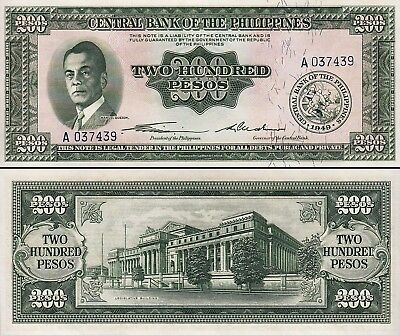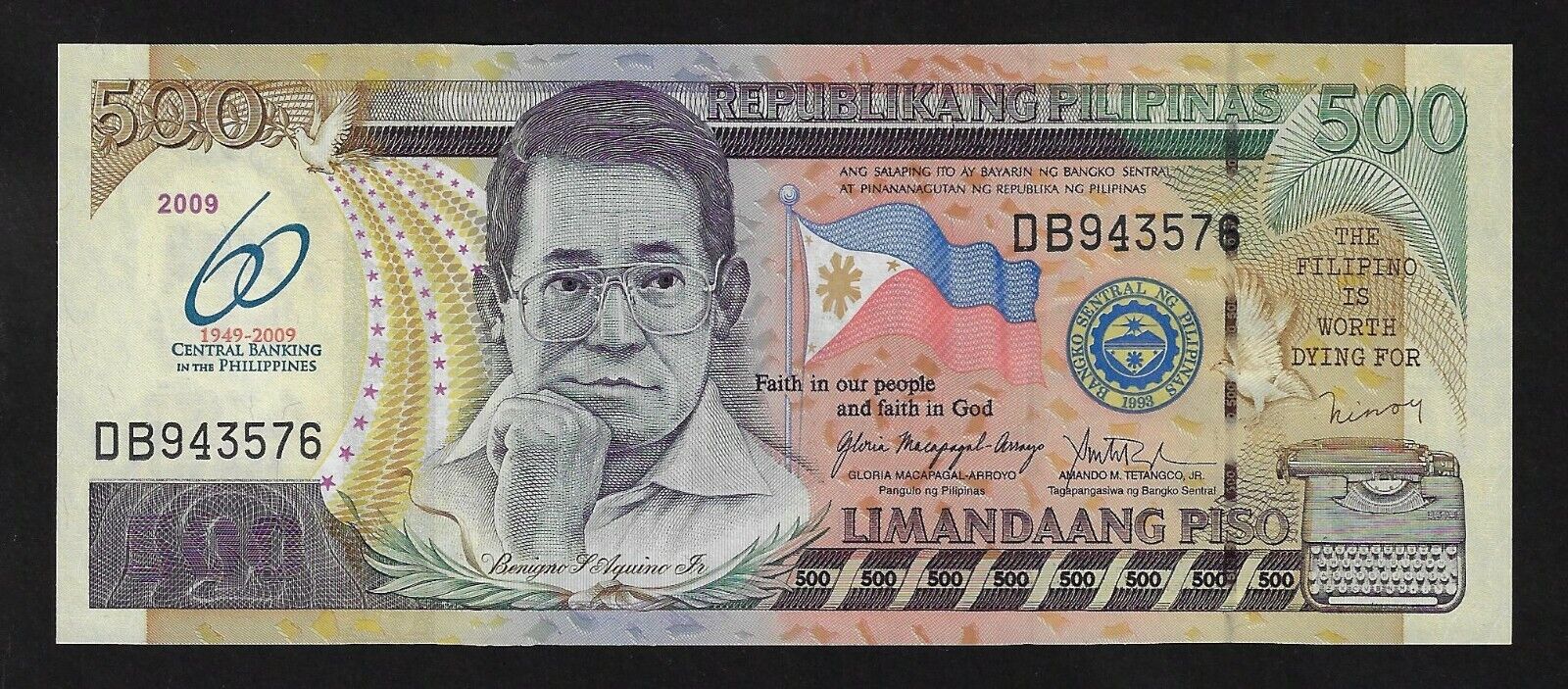-40%
1942 April PHILIPPINES Cebu S228ax 20 Pesos Illegal Issue Retrieved From Bonfire
$ 60.72
- Description
- Size Guide
Description
Philippines Emergency Currency Board - Cebu1942 Emergency Circulating Note Issue
1942 Illegal Issue
S228 20 Pesos #37,137
(a) with Countersignatures
Also included is what I refer to as X note.
Note: As all legally issued 20 Pesos had Countersignatures, many of the looted notes which were without them had forged signatures applied in India Ink.
Clearly not a Facsimile.
Please read below, this is 1 of the notes that did not burn but was retrieved out of the bonfire. Very interesting history behind this note.
Treasury Emergency Currency Certificates
From February 20-22, 1942 a Conference of Provincial Trasurers convened by President Quezon was held at Bacolod, Negros Occidental, Concern was expressed that the multiplicity of emergency currency issues was creating confusion and distrust. A Resolution was adopted which called for creation of a single Currency Board to print emergency currency for all the provinces of the Visayan islands and Mindanao.
As a result of this Resolution the Cebu Emergency Currency Board was created by President Quezon in a telegram dated March , which designated Acting Provincial Auditor Roman T. del Bando as Chairman, with Acting Provincial Treasurer Pedro Elizalde and Cebu City Treasurer Rosalio D. Macrohon as members. Twenty million pesos was authorized and instructions specified that all notes were to be countersigned by each Board member.
Printing of 20 Peso notes go underway as soon as plates could be prepared, followed by the 10, 5 and 2 Pesos denominations. Centavo notes were planned but never got past the design stage. Some of the first 20 Pesos notes issued were countersigned in pen, but the enormous amount of work involved necessitated use of facsimile signature stamps which could be applied by each Member's representative.
Printing was brought to a halt with the Japanese invasion of Cebu during the early morning hours of April 10th, 1942. Until then no 2 Pesos notes had been completely printed. None of the 5 Pesos notes had been countersigned, and many of the 10 and 20 Pesos notes also lacked countersignatures. Of the 3,650,000 pesos printed only 865,000 pesos had been issued.
That same morning as the Japanese rapidly approached, the Currency Board began destroying the unissued currency. Notes were piled behind the capital building, gasoline poured over them, and they were then set afire.
At the last minute, however 19,500 Pesos were set aside for the use by the Cebu Provincial Government. This consisted of 500 notes each of the 5, 10, and 20 Pesos denominations, each serially numbered from 1 to 500, plus 200 10 Pesos notes serially numbered 30,601 to 30,800.
The 5 and 10 Pesos notes numbered 1 to 500 had not been countersigned, and thus became the only notes officially issued without countersignatures.
As soon as the fire was blazing, the Board Members hastily departed, leaving behind 3 Constabulary soldiers to guard the burning notes. As soon as the officials left, the soldiers followed suit. Before the Japanese arrived, spectators to the scene scattered the fire and retrieved bundles of currency which were not burned at al, or had only the outer edges singed. Thousands of Pesos thus reached circulation illegally.
Registered International Mail w/Tracking










